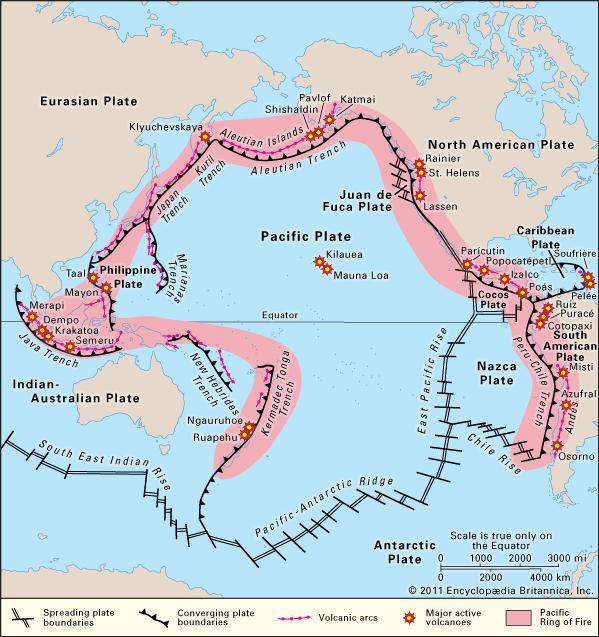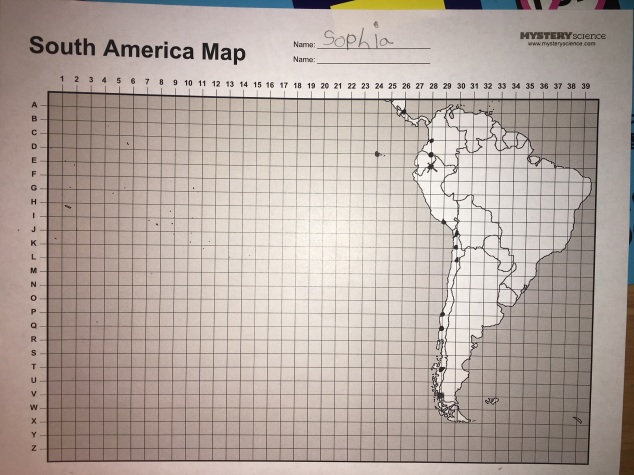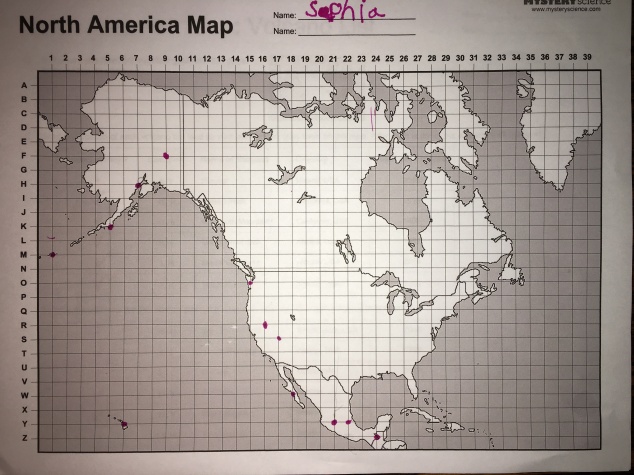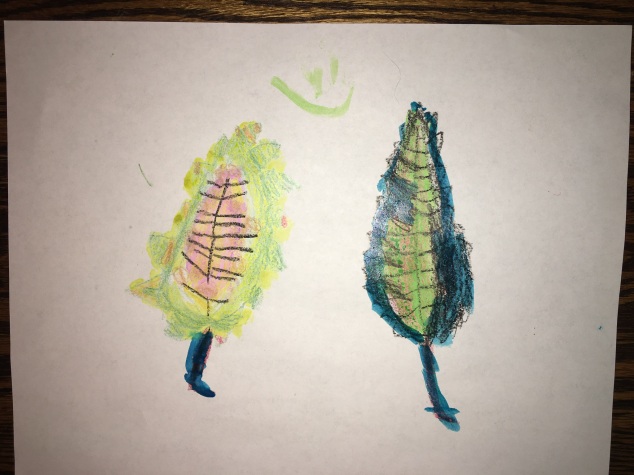Hallå och valkommen! I dag jag laga svenska köttbullar.
Okay, okay, so my Swedish is rusty and I’m still learning (shout out to DuoLingo). I am Swedish-American, but I never learned the language, or the customs, so I’ve taken it upon myself to become more familiar with where my family came from.
I’ve been able to trace my ancestry all the way back to my 5th great-grandparents (around 1822) to Timrå, Sweden– a small municipality on the gulf Bothnia on Sweden’s east coast.
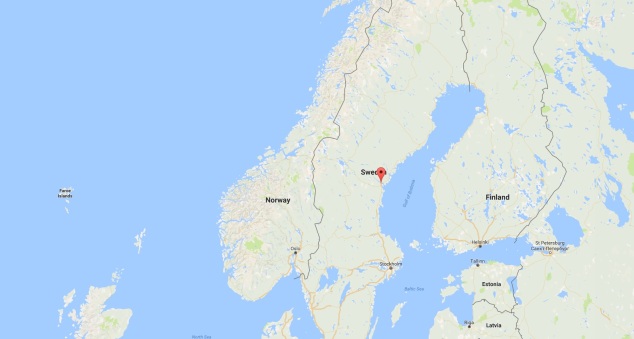
My paternal great-grandfather was the first to be born in the U.S. from Swedish immigrants, so we haven’t been here very long which is really interesting to me!
Anyway, I was looking up Swedish cuisine and most of it sounds a little difficult to whip right up, but the Swedish meatballs seemed really easy. And they were– and delicious!
I used this recipe here.
I did replace the ground pork with ground turkey since the market was out of pork, but I feel like they still turned out really well.
Ingredients:
Meatballs:
-2 T olive oil, divided
-1 onion, divided
-1 lb. ground beef
-1 lb. ground pork
-1/2 c. panko
-2 large egg yolks
-1/4 t ground allspice**
-1/4 t ground nutmeg
-Salt and freshly ground black pepper
Gravy:
-1/4 c unsalted butter
-1/3 c all-purpose flour
-4 c beef broth
-3/4 c sour cream
-salt and freshly ground black pepper
-2 T chopped fresh parsley leaves
Directions:
1. Heat 1 T of olive oil in a large skillet over medium heat. Dice onions and add, cooking until translucent, about 2-3 minutes.
2. In a large bowl, combine beef, pork, panko, egg yolks, allspice, nutmeg and cooked onions. Season with salt and pepper (salt och peppar) to taste. Mix well with clean hands and roll the mixture into 1 1/4″-1 1/2″ balls.
3. Add remaining 1 T olive oil to same skillet, add meatballs in batches and cook until all sides are brown. Transfer to a paper towel-lined plate.
4. To make the gravy, melt butter in same skillet and whisk in flour until lightly browned, about 1 minute.
5. Gradually whisk in beef broth cook, whisking constantly until slightly thickened. Stir in sour cream; season with salt and pepper to taste.
6. Stir meatballs into the gravy in batches, stirring occasionally until heated through and thickened, about 8-10 minutes.
7. Serve with garnished parsley.
**I learned today that allspice does not equal “all the spices.” As someone who prides themselves on cooking and baking, I’m ashamed I didn’t know this. I had a nice little chuckle at myself… as did Matt when I told him.
Here is the end result (I apologize the pictures aren’t glamorous).
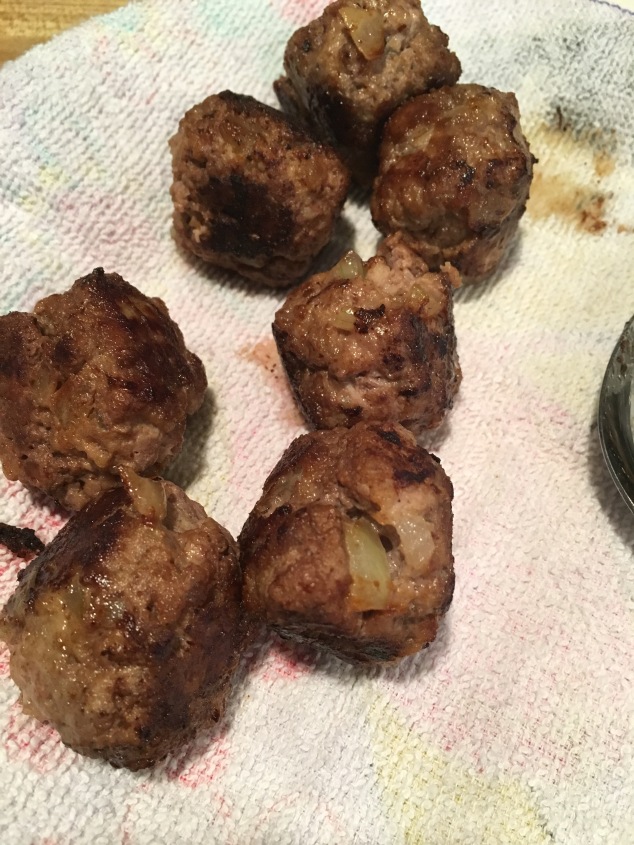
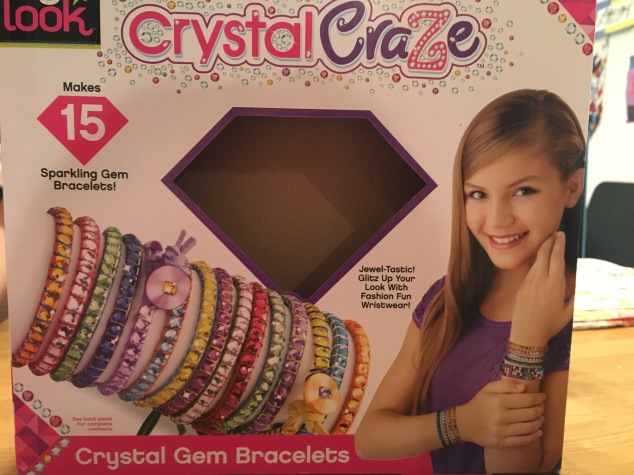
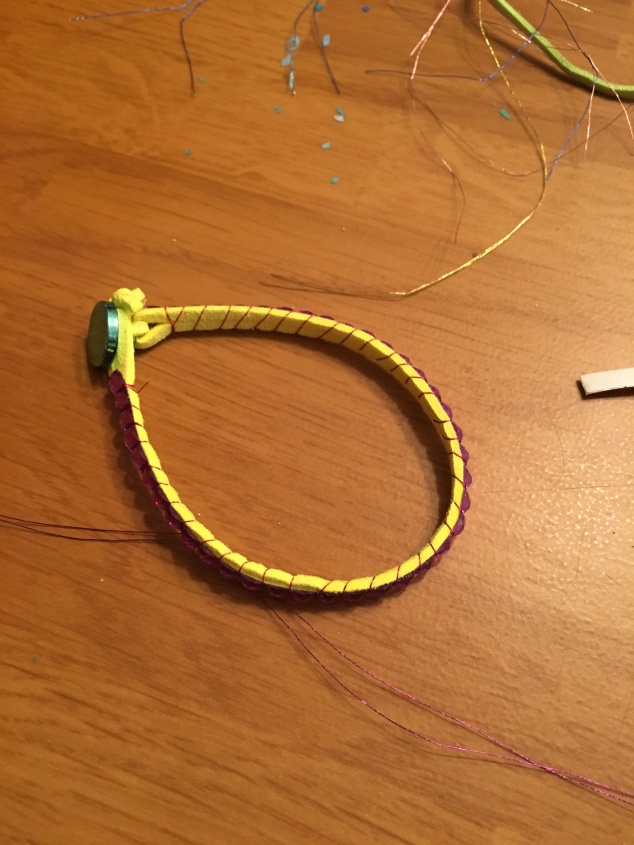















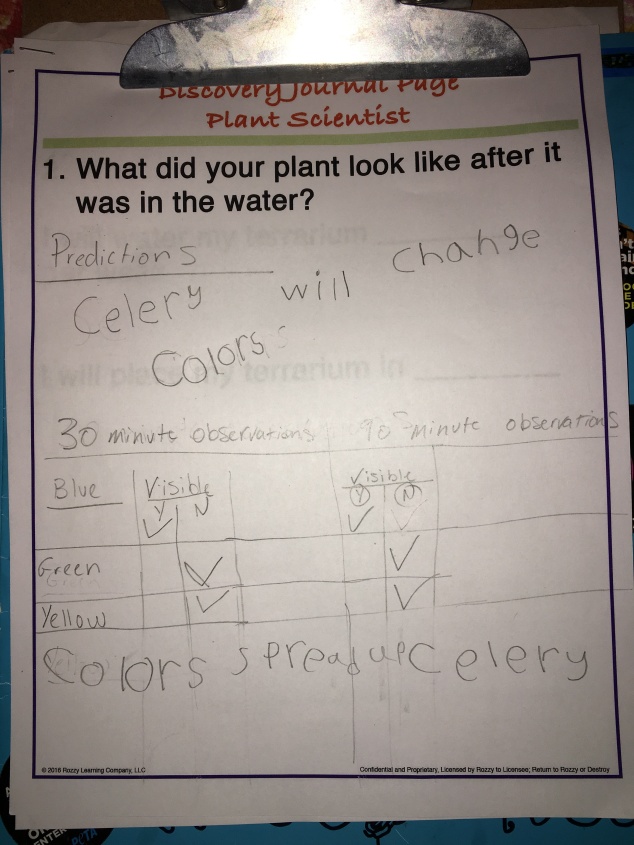

















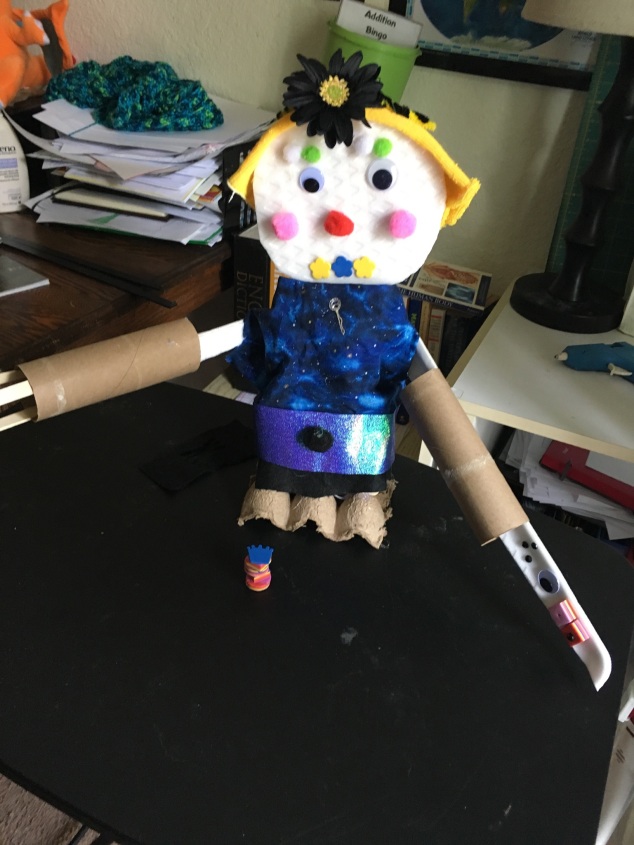



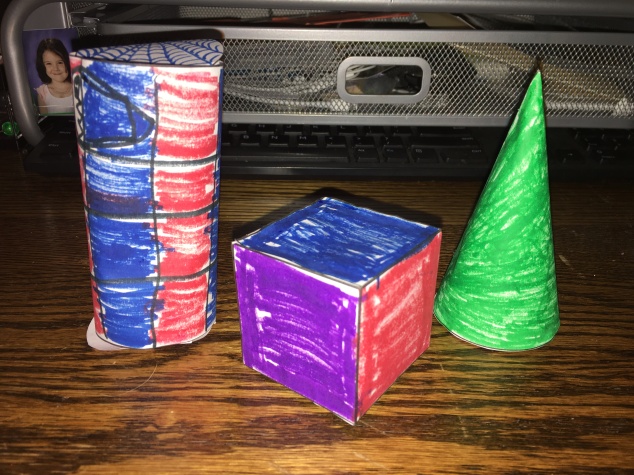
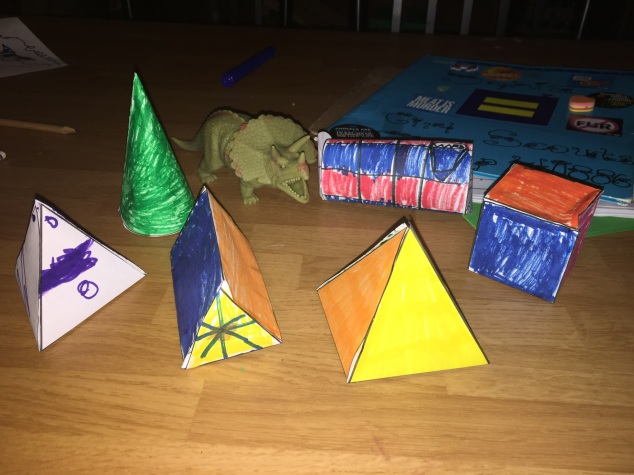 From left to right: tetrahedron, cone, triangular prism, pyramid, cylinder and cube.
From left to right: tetrahedron, cone, triangular prism, pyramid, cylinder and cube.